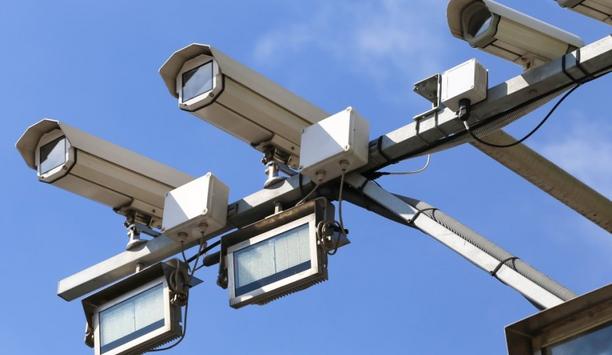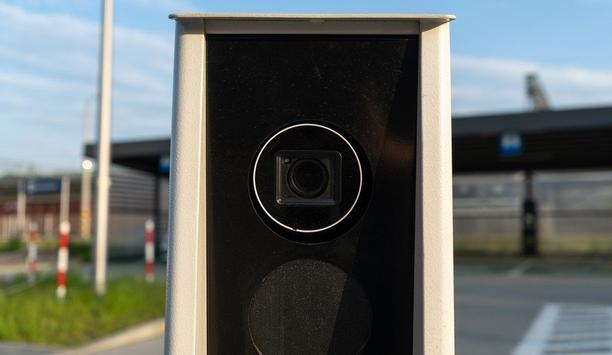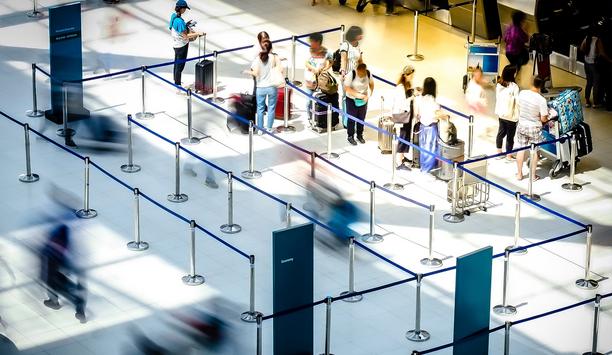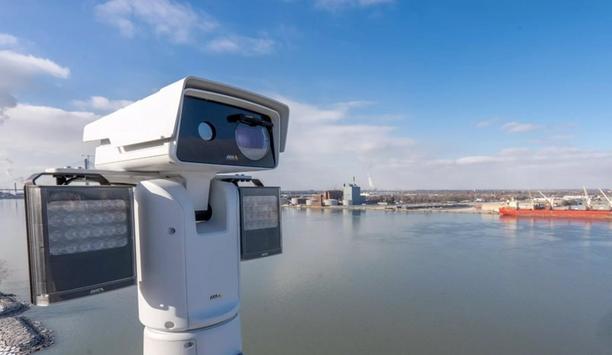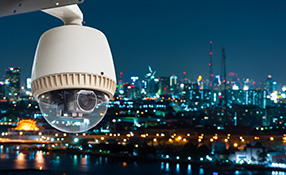Anthony Incorvati

Anthony Incorvati
Transportation Segment Development Manager, Americas, Axis CommunicationsAnthony Incorvati has 25 years' experience in the transportation industry. During that time he has seen the increasing influence that technology has had in transforming the ways that road, rail, air and sea transport is managed, monitored, and monetized. He currently works at Axis Communications as the Transportation Segment Development Manager for the Americas.
Round table contributions
Transportation enables the movement of goods and people, facilitates trade and commerce, and is crucial for businesses to operate and expand. Security technology plays a major role both in protecting...
In the United States, they are called license plate recognition (LPR) systems. In Europe, the more common term is automated license number-plate recognition (ANPR). In either case, the systems provide...
Air travel is returning to pre-pandemic levels. COVID and its aftermath have added new compliance and operational concerns for airport security, and social and political volatility around the world em...
Articles by Anthony Incorvati
Security technologies are used in a wide variety of locations and environments in the transportation vertical Transportation is among the more diverse markets within the security in...
News mentions
Windsor Port Authority, one of just 17 national ports created by the 1999 Canada Marine Act, has enhanced waterway safety and security across its jurisdiction on the U.S.-Canada border with state-of-t...
Transportation enables the movement of goods and people, facilitates trade and commerce, and is crucial for businesses to operate and expand. Security technology plays a major role both in protecting...
In the United States, they are called license plate recognition (LPR) systems. In Europe, the more common term is automated license number-plate recognition (ANPR). In either case, the systems provide...
Air travel is returning to pre-pandemic levels. COVID and its aftermath have added new compliance and operational concerns for airport security, and social and political volatility around the world em...
AXIS P3905-RE is an outdoor-ready camera addition to the family of compact, rugged and discreet cameras of the AXIS P39-R Network Camera Series. They are all specially designed for onboard video surve...
The ability to clearly see facial features and other identifying characteristics on each passenger greatly enhances security Some of the video technology used in the trans...
Better, faster networking plays into the optimistic outlook for the transportation vertical Our market has plenty of reasons to be optimistic about the future of security systems in...
The security landscape continues to evolve in new, complex ways for transportation customers Dealers looking to enter – or to expand their presence in – the transporta...
Cameras at airports today are often used for operations rather than (or in addition to) security Video cameras are great tools for security at airports, but increasingly cameras are...
Axis Communications, the world leader in network video surveillance, announces a new transportation-focused IP camera series that offers protection against dust and water with the ability to withstand...
